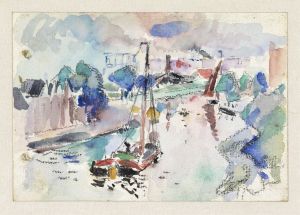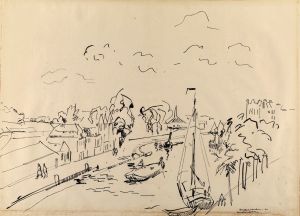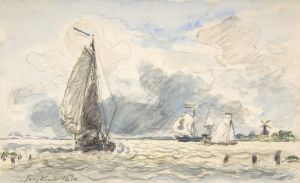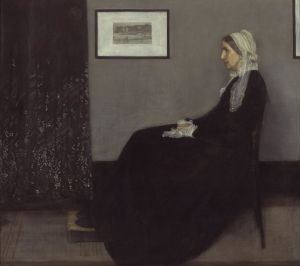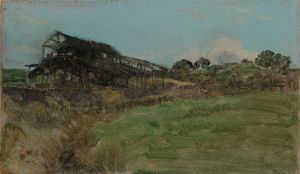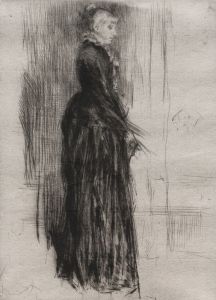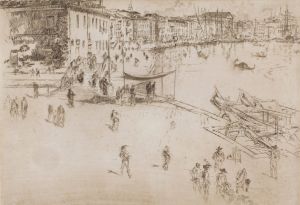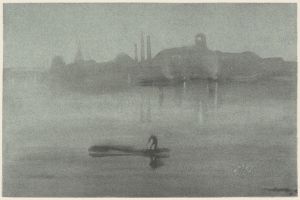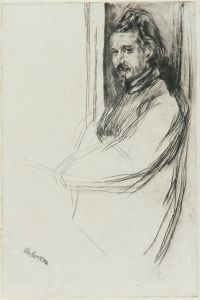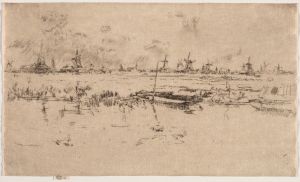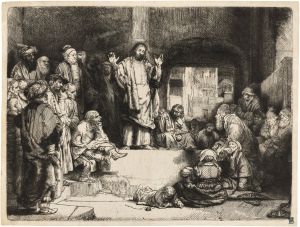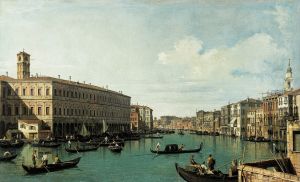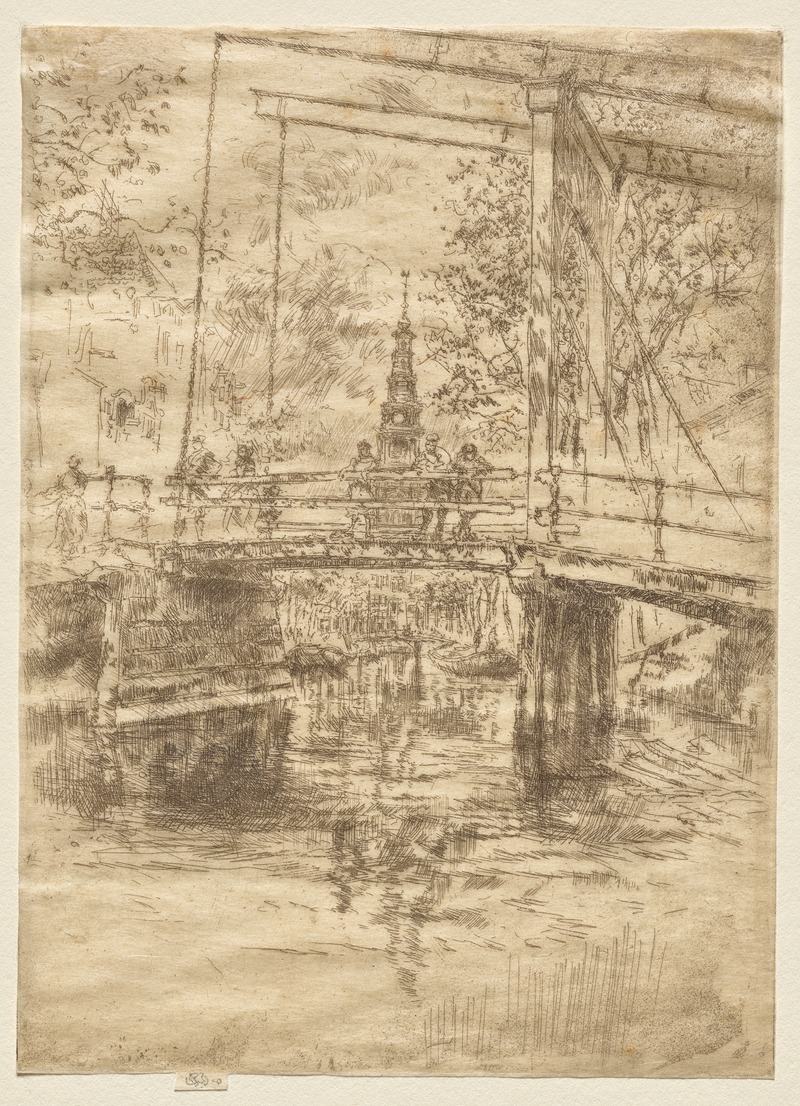
Little Drawbridge, Amsterdam
A hand-painted replica of James Abbott McNeill Whistler’s masterpiece Little Drawbridge, Amsterdam, meticulously crafted by professional artists to capture the true essence of the original. Each piece is created with museum-quality canvas and rare mineral pigments, carefully painted by experienced artists with delicate brushstrokes and rich, layered colors to perfectly recreate the texture of the original artwork. Unlike machine-printed reproductions, this hand-painted version brings the painting to life, infused with the artist’s emotions and skill in every stroke. Whether for personal collection or home decoration, it instantly elevates the artistic atmosphere of any space.
James Abbott McNeill Whistler was an American artist known for his paintings, etchings, and lithographs. He was a leading figure in the Aesthetic Movement, which emphasized the visual and sensual qualities of art and design over practical, moral, or narrative considerations. Whistler's work is characterized by its innovative use of color and composition, as well as its subtle tonal harmonies.
"Little Drawbridge, Amsterdam" is one of Whistler's etchings, created during his travels in Europe. Whistler was known for his etchings and lithographs, which often depicted urban scenes and landscapes with a focus on atmosphere and mood. His etchings are celebrated for their delicate lines and ability to capture the essence of a scene with minimal detail.
The etching "Little Drawbridge, Amsterdam" is part of a series of works Whistler produced during his time in the Netherlands. Whistler visited Amsterdam in the late 19th century, a period during which he was exploring various European cities and capturing their unique atmospheres through his art. The city of Amsterdam, with its intricate network of canals and distinctive architecture, provided Whistler with rich subject matter for his etchings.
In "Little Drawbridge, Amsterdam," Whistler captures a scene featuring one of the many drawbridges that span the canals of the city. The etching is noted for its attention to the interplay of light and shadow, a hallmark of Whistler's style. The composition likely includes the bridge itself, the surrounding water, and elements of the urban landscape, though specific details of the etching's composition are not extensively documented.
Whistler's etchings from this period are often praised for their ability to convey a sense of place and atmosphere. He had a keen eye for the subtleties of light and reflection, which he skillfully rendered in his works. This ability to capture the ephemeral qualities of a scene is evident in "Little Drawbridge, Amsterdam," where the delicate lines and careful composition create a sense of tranquility and timelessness.
Whistler's work in etching was highly influential, and he is considered one of the foremost etchers of his time. His techniques and approach to the medium have been studied and admired by artists and art historians alike. The etchings he produced during his travels in Europe, including those from Amsterdam, are an important part of his artistic legacy.
While specific details about "Little Drawbridge, Amsterdam" may be limited, the etching is representative of Whistler's broader body of work and his contributions to the art of etching. His ability to capture the essence of a scene with economy and grace continues to be celebrated, and his works remain an important part of collections in museums and galleries around the world.





